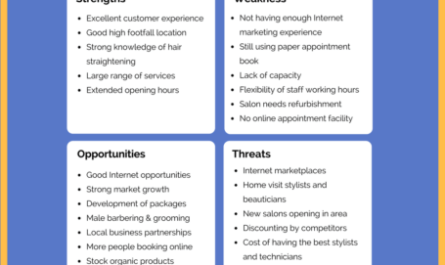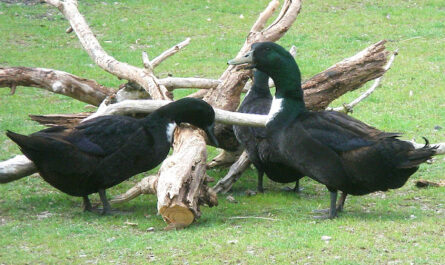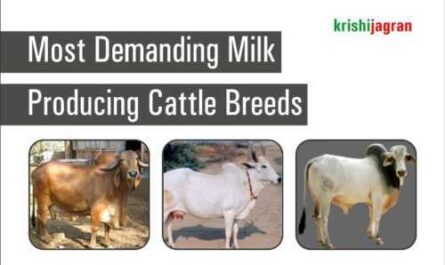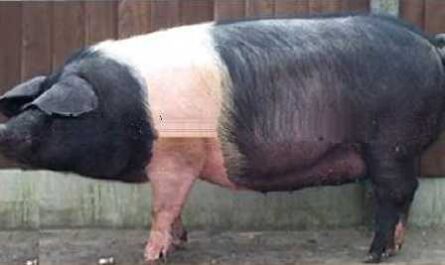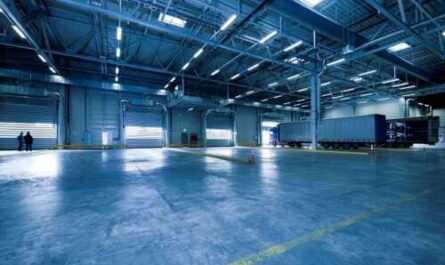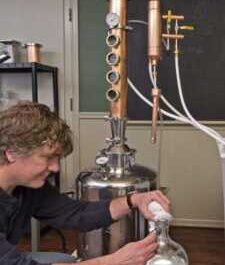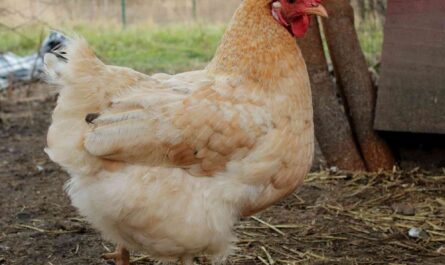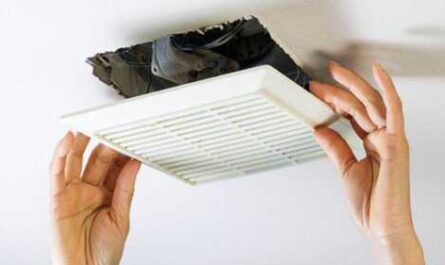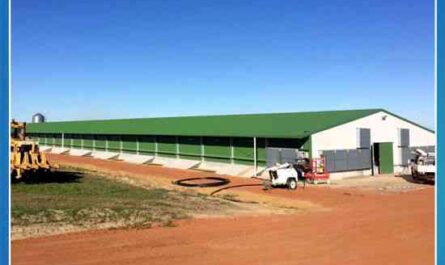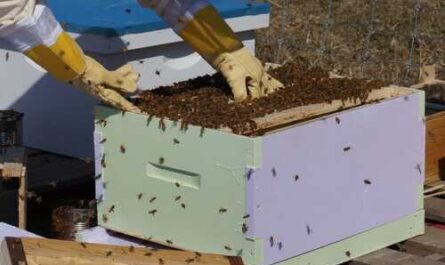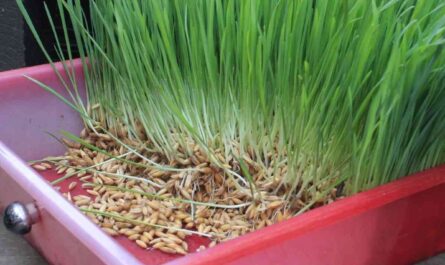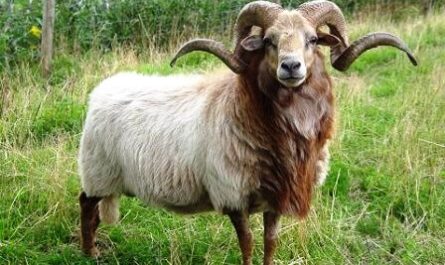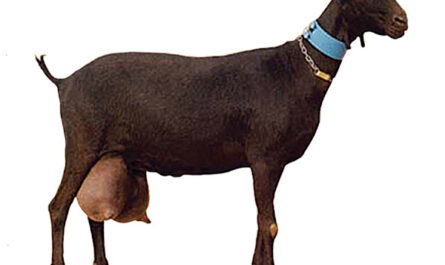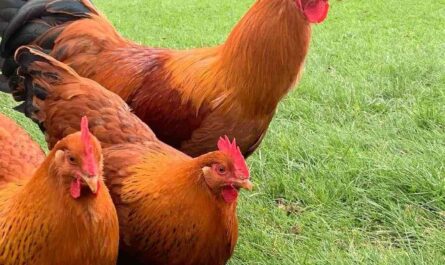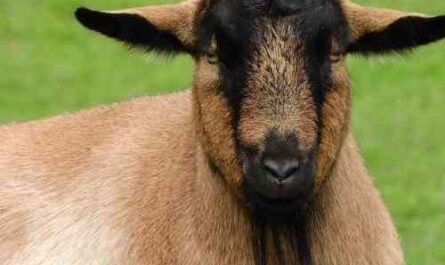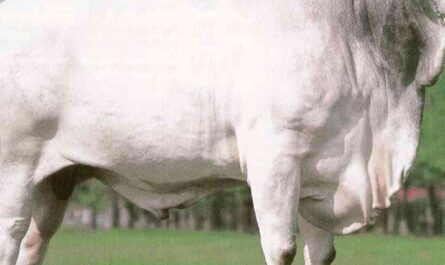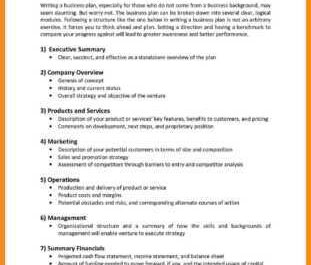Establishing a good broiler management system is essential to maintaining the health and productivity of your broiler.
Broilers are raised for commercial meat production and mature in a very short time. They are genetically improved and have high meat productivity.
But for normal growth and maximum productivity of your birds, you need to build them a proper home and provide them with good environmental conditions.
Broiler buildings
Today’s fast growing broilers are more dependent on suitable environmental conditions than any other type of poultry.
Therefore, a suitable chicken coop is very important for commercial and profitable production.
Here we detail how to build a suitable chicken coop for your broiler business.
Construction
Typically, chicken coops are constructed using wooden, concrete or steel trusses and supports. And houses are generally solid span structures from side wall to side wall.
Steel trusses or concrete posts are used to support the weight of the roof. If you’re using trusses, you don’t need to use support posts (which makes it harder to clean the house and catch birds).
The floor of a chicken coop is usually made up of compacted earth, covered with various bedding materials. You can use rice husks, sand, shavings, peanut shells, etc. to make the bed above the ground.
For commercial production, the optimum size of chicken coops will be 40 to 50 feet wide, 400 to 600 feet long, with side walls around 8 feet. Although the size may vary depending on the number of birds and your production goal.
Suspended ceilings
Build suspended ceilings to improve ventilation and reduce heating costs. Suspended ceilings act as a vapor barrier, helping to protect ceiling trusses and insulation. This reduces the ceiling area.
Suspended ceilings also allow the installation of ceiling insulation to reduce heat loss in cold weather and increase heat in hot weather.
You can build a well-insulated chicken coop with puffed putty or fiberglass insulation to reduce heat loss in the winter and heat absorption in the summer. The recommended insulation values are at least R-21 and R-7 (both in the ceiling and in the walls).
Solid side walls
Most chicken meat producers around the world have built coops with solid side walls rather than open walls with curtains. You can also use solid sidewalls for better insulation.
This will help reduce air leakage, provide better light control and allow you to heat your home more efficiently. Compared to open sidewalls with studs, solid sidewalls will provide a smooth finish.
This will also help improve air speed when ventilating the tunnel (this will help improve bird cooling against the wall). Modern poultry farmers are now building larger poultry houses (up to 70*600 feet) for commercial production.
Heater
Maintaining the correct temperature is very important for raising broiler poultry. For normal growth and profitable breeding of broilers, it is necessary to maintain an appropriate temperature system.
Therefore, heating the chicken coop is extremely important. Generally, broiler chickens cannot maintain their body temperature until they are about 14 days old.
During this period, you must keep the chicks at a strictly controlled temperature between 85° and 90° Fahrenheit with minimal variation.
Typically, poultry house heating systems include forced air furnaces, radiant brooders, radiant tube brooders and heaters. Tubes and brooders are used to heat the ground, while hot air stoves first heat the air and then heat the ground.
Cold air is generally heavier than warm air. This can lead to delamination when the air under the ceiling is warmer than under the floor. You can use circulation fans to move warm air from the ceiling to the floor of your home.
To save fuel and improve litter condition, you can use circulating fans to mix the collector and hot air. By mixing cold and warm air, the warmer air helps dry bedding.
You can also use blade fans to mix the air (but be very careful when using blade fans and make sure the chicks are not exposed to drafts).
Ventilation
A good ventilation system is also very important for poultry houses. Good ventilation provides fresh air and removes excess heat, humidity and unwanted gases from the home.
A proper home ventilation system includes fans, air intakes, evaporative cooling, and thermostats/controllers. There are two types of ventilation systems. Cold weather ventilation system and hot weather ventilation system.
Ventilation in cold weather
Negative pressure ventilation is used to provide fresh air to the home during cold weather. It removes excess moisture and minimizes heat loss.
The fans used for the poultry house ventilation system draw air out of the poultry house creating a slight negative pressure inside the poultry house.
Negative pressure draws cool air into the home. And fresh air enters through some provided air intakes.
Air intakes are installed either in the ceiling or high up on the side wall of the house.
These vents are designed to direct air through the ceiling, allowing it to mix with the warmer air and be heated to the point of contact with the birds.
Check the temperature and determine if heating is needed. This will help you reduce your heating costs. For large-scale commercial production, automatic computer controllers can be installed.
Ventilation in hot weather
Tunnel ventilation can be used to cool birds in hot weather. The tunnel ventilation system in a chicken coop consists of large air intakes at one end and fans at the opposite end.
Fans used at one end draw air along the length of the house at 500 feet per minute.
This system very quickly removes excess heat from the building and provides wind chill for additional broiler cooling.
An evaporative cooling system is also used to cool a chicken coop when a tunnel ventilation system alone is not enough.
Home environment control
It is very important to control the home environment. You should have the means to control temperature, humidity, etc. This will create a comfortable environment and your broilers will thrive.
Make sure your birds don’t divert energy from growing to stay cool or warm. For commercial broiler farming, use a computerized environmental management system.
Set an alarm if the environment suddenly changes. Set up generators for a constant power supply. In short, do whatever it takes to maintain a bird-friendly home environment. And it will give a good result and maximum productivity.
A good chicken coop will protect the bird from pests and adverse environmental conditions. A good chicken coop is “a coop that has everything needed to raise a broiler.”
The poultry house must have the necessary facilities for good ventilation, moisture trapping, sufficient air and light movement, lighting, liter management, etc.
A broiler chicken is different from a laying hen. They need more light time to eat more food and drink more water for normal growth.
Before building a chicken coop, you need to learn the process of building a house. Keep the following topics in mind when building a chicken coop.
video
- The broiler housing system should be located on a higher site that is protected from flooding.
- The area selected for building a house will be slightly higher than the surrounding area.
- The house will be located away from the residential area.
- It will be better if the house is located in a quiet and peaceful place.
- Make a good drainage system inside the chicken coop.
- Always keep household bedding dry.
- Provide adequate lighting period.
- Good ventilation is essential.
- Keep large doors and windows in the house.
- Make a house on the south side. This will help keep cold air out.
- Make a fence around the chicken coop to prevent the bird from falling into the hands of other animals and thieves.
- Keep broilers of different ages in different houses.
- Keep enough feeders and waterers in the house.


